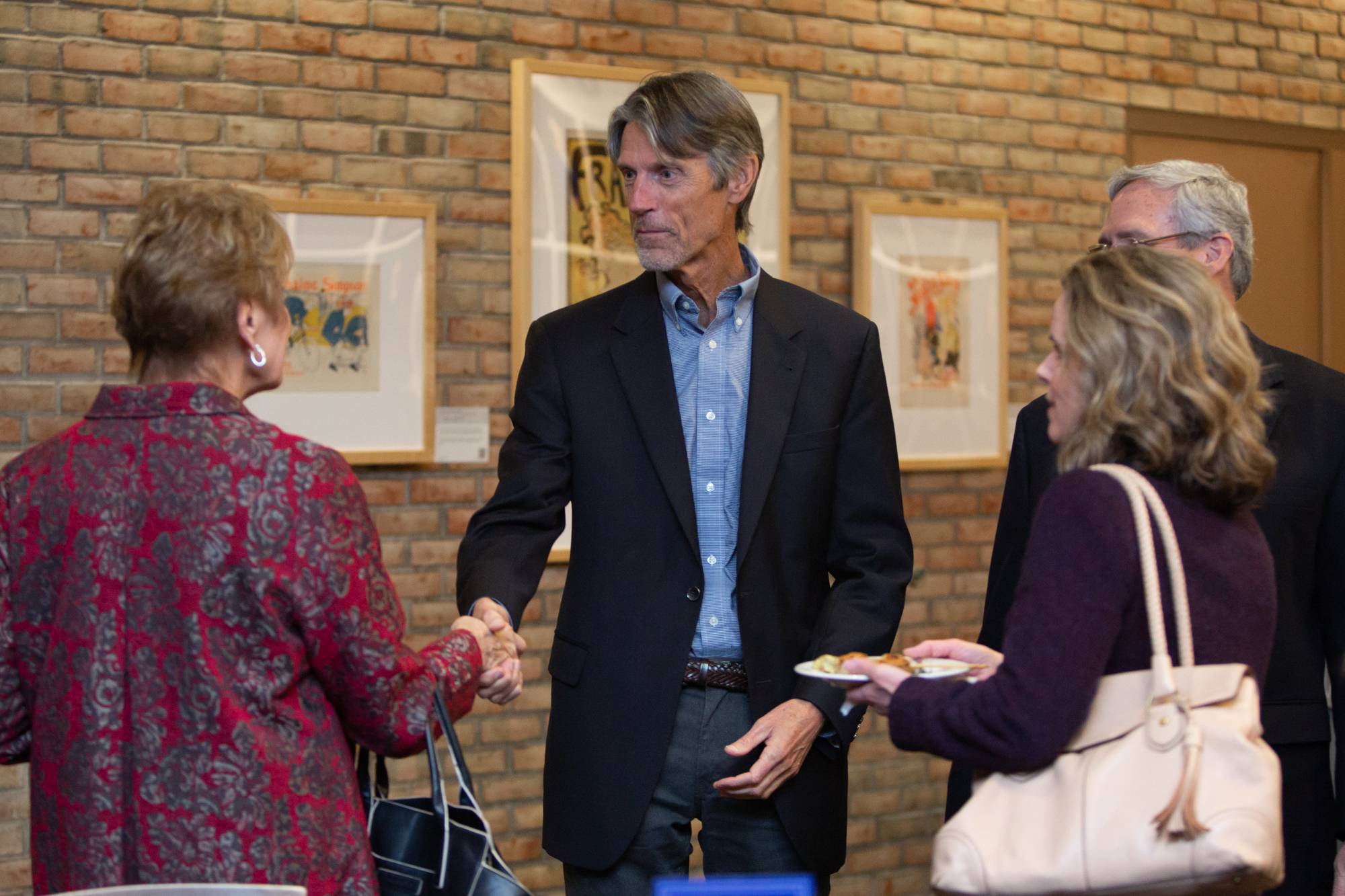
Clay of Kentucky and Webster of Massachusetts advocated for free states and maintaining the Union Calhoun of South Carolina became a sectionalist, pushing for more slave states and threatening secession.īrands pulls these three men out of the shadows of American history and reveals full biographies and careers of each one. Later, Clay and Webster were allies on issues that Calhoun opposed. Fellow politicians, the press and the public often took note of what they said and did.Ĭlay teamed with Calhoun on issues when they were younger while Webster was on the other side. They were consequential orators and politicians. They were rivals, allies and foes at various times. They each had presidential aspirations, though none of them were successful in winning the presidency though all three were presidential candidates on multiple occasions. They were in and out and back in Congress. They served in various roles in various presidential cabinets. For good and bad, their fingerprints are all over those decades. And while they are forever in the shadow of the Founders and failed to resolve slavery and keep the country from the Civil War, they were indeed giants of their era. Brands' "Heirs of the Founders: The Second Generation of American Giants," Clay, Calhoun and Webster take the main stage.


The Era of Good Feelings, of one-term presidencies, of American expansion westward, of compromises between free and slave states. The era when, with the exception of Jackson, none of the presidents seems to be well remembered from the last of the Revolutionary War figures in the White House and Lincoln. They are usually supporting characters in books about the War of 1812, the years leading up to the Civil War, the Mexican War, the annexation of Texas, in biographies of Andrew Jackson and Abraham Lincoln, etc.īut they were major figures in that murky era of American history between the nation's founding and the Civil War. 22-Henry Clay, John Calhoun and Daniel Webster always seem to be lurking in the pages of history.


 0 kommentar(er)
0 kommentar(er)
